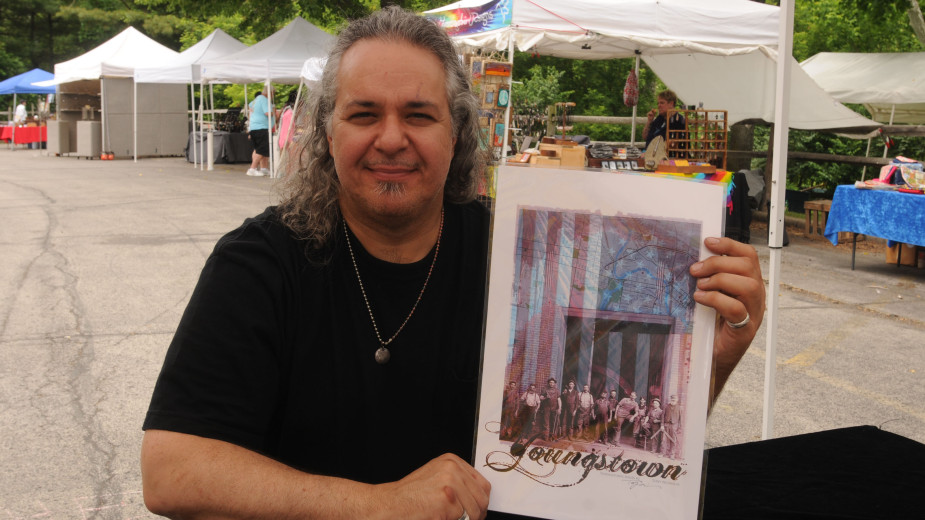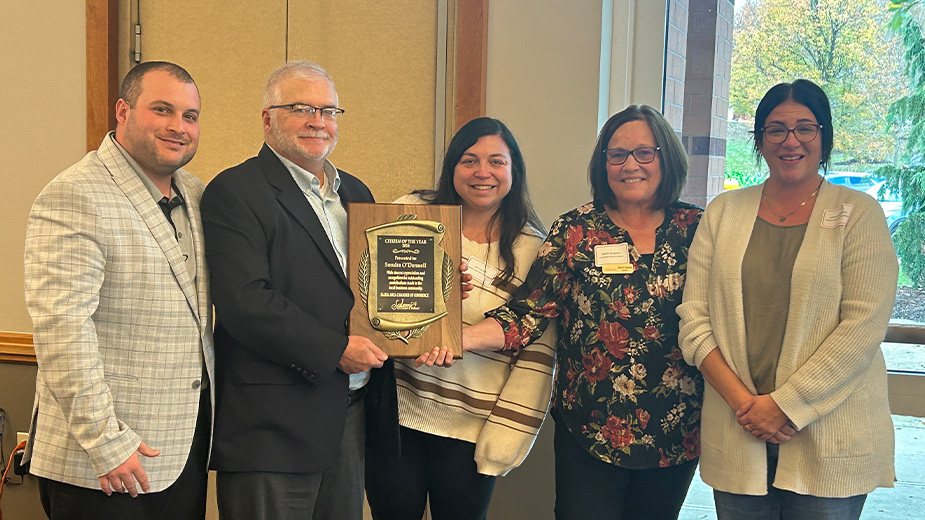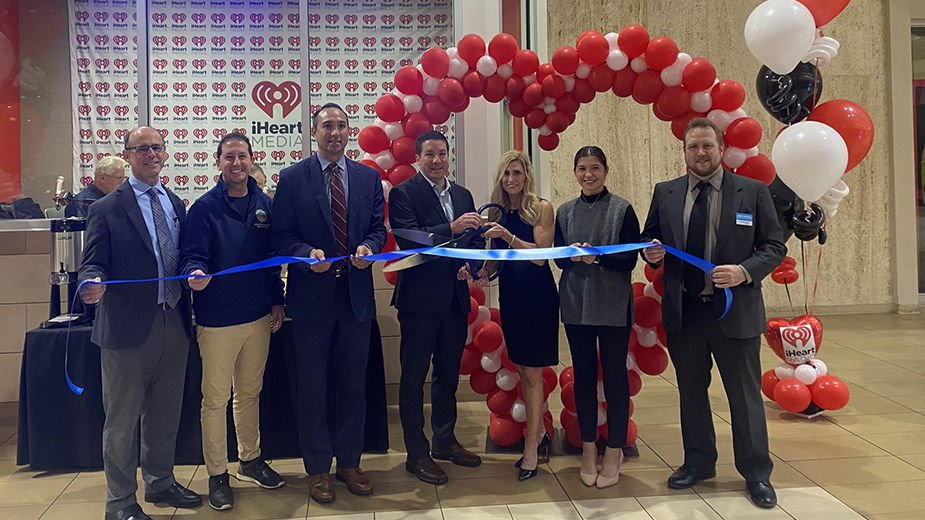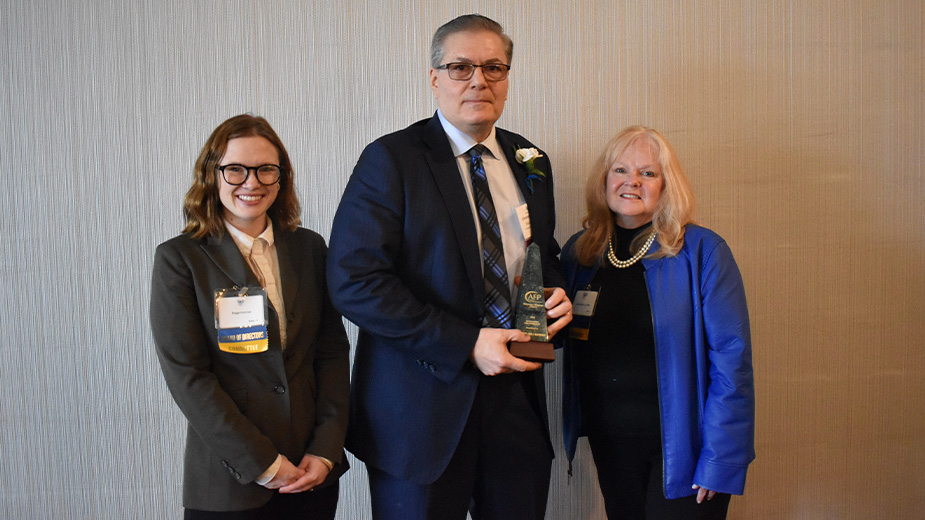It Takes a Year of Planning for a Weekend of Fun
It’s early June, just over a month away from opening day of the Greater Youngstown Italian Festival, and already chairman John Rossetti’s mind is on 2017.
By now, almost everything for the festival is squared away. All of the vendors have signed their contracts. The entertainment has been booked and all the permits secured. There isn’t much left to do except begin setting up, but that won’t happen until the week of the festival.
“2016 is done. … Everything’s finished 90 to 60 days before the festival,” Rossetti says. “My mind is on what we can do bigger and better, what we can change. Once everything’s up and running, I’m looking at the pros and cons.”
For many of the fairs and festivals in the Mahoning Valley, regardless of size, the process of putting everything together largely follows the same blueprint. Larger festivals, such as the Italian Festival or The Great Stoneboro Fair, begin planning the next fair shortly after this year’s ends. Smaller fairs, such as Friends of the Mahoning River’s RiverFest, get to work in January or February.
With funding from the Raymond John Wean Foundation and organizations such as Vallourec Star, it can be a challenge to plan for much before funding arrives, says Friends of the Mahoning River President Patricia Dunbar.
“Even if we didn’t get the funds, we’d still do it,” she says. “Back in 2012, our first year, our members did everything. They got tables and chairs from churches and paid for drinks for the vendors.”
Each festival has its own schedule of procedures, but constants run across all of them: entertainment has to be scheduled, concessionaires must pay their deposits and coordination among several government entities has to be arranged.
For entertainment, there are generally two routes. The Italian Festival keeps an eye out for local bands that would be a good fit and talks to them throughout the year. Larger events such as the Stoneboro Fair in Stoneboro, Pa., often work with booking agencies to find the right acts.
“We can meet with a certain broker and tell them what we want for the whole fair,” says Stoneboro Fair President Shirley McIntire. “We’re guaranteed to have certain acts.”
Should one act drop out, an equivalent replacement would be brought in, she says.
“The broker will try to find something that’s equal. He may bring in two acts to replace one. Paying more to get entertainers guarantees that you get good entertainment,” she says.
Year in and year out, one of the largest draws for many fairs in the region is the vendors. Walk through any festival and you see that it’s nearly impossible to be anywhere without smelling sausage cooking and fried foods. At every fair, where the concession stands are placed is one of the larger logistical hurdles. It’s bad for business if two stands with similar menus are too close to each other. And everyone wants to be near the main thoroughfare.
Vendors can often request where they want to set up but these decisions ultimately rest with the event organizers.
“It’s all pre-assigned. I could request a spot, but it’s not a guarantee,” says Ed Snitzer, owner of Jaam Concessions by Ed, Youngstown.
The industry standard, adds James Molnar, owner Molnar’s Concession in Austintown, is putting the vendors who’ve been coming to a fair the longest along the main thoroughfare and newcomers on the edges.
“We’ve had our locations for [anywhere from] 30 to 49 years,” Molnar says. “We’ve gained some and traded some off for other spots,” he says. “A lot of times we’ll fill in any empty spot the fairs have, which is how we got a lot of the locations we have.”
Deposits are required of all vendors, usually near the beginning of the year. It isn’t uncommon, Snitzer says, to spend up to $6,000 in one round of payments, but one good weekend could cover future fairs.
For vendors, making the circuit during the fair season is a full-time job. Jaam Concessions is booked every weekend through the end of July. Molnar’s Concession, which operates several stands, has teams that are home only a couple of weekends every summer.
Even with its products carried in stores throughout the area, DiRusso’s Sausage still relies heavily on its concession stands to sell its patties and links.
“We’ve expanded into other products and into grocery stores, but concessions are still the heart and soul of this business,” says Robert DiRusso, whose company has operated its stands more than 50 years. “It’s what the public most associates us with.”
Sales of beer are most often run by the organizers of the fair or by groups who use the tent as a fundraiser.
“Anybody can apply for the permit as long as you’re attached to a charity,” says R.L. Lipton Distributing Co. operations manager Walter Kohowski. “You have to give a portion to a charity for it.”
R.L. Lipton, which supplies the Italian Festival and Warren’s River Rock at the Amp, sells beer for the events wholesale and accepts the return of any unopened kegs.
Kohowski notes that supplying festivals is a very small part of business for his company. In the summer, R.L. Lipton distributes the equivalent of 2,100 kegs every day. One festival generally buys about 25 kegs.
“It’s more of a sampling tool for us,” he says. “It’s hard to imagine anyone who hasn’t had a Budweiser or a Bud Light, but when we were awarded the Yuengling franchise, it was a popular thing to bring to festivals.”
With everything squared away and laid out, the only item left on the to-do list is coordinating with municipalities. In Youngstown, its director of downtown events, Michael McGiffin, works as the liaison with festival organizers and the city departments involved with a fair.
Among the tasks in the weeks and days that lead up to the festivals held downtown are making sure streets are closed, police are scheduled to work as security and the health department knows who the vendors are so its staff can schedule inspections.
“You have to think of every possible outcome or situation on the day of the event prior to the actual event,” McGiffin says. “You have to put the fires out during the planning process.”
For inaugural festivals, there’s some handholding throughout the process, he continues. There’s more that goes on behind the scenes than new organizers recognize.
The fire department has to inspect the site to ensure that emergency vehicles can drive through the fair. The Central Electric Inspection Bureau has to inspect any connections made to the electric boxes, for example.
“There is a major learning curve. People think they know how to plan an event, but they usually see it from the perspective of someone who goes to the fair,” he says. “But they learn. This year will be smoother than last year.”
With dozens of fairs and festivals held throughout northeastern Ohio and western Pennsylvania every summer, there’s no shortage of destinations between Memorial Day weekend and mid-September. And, as the Italian Festival’s Rossetti says, there isn’t much competition between them. If someone setting up another festival asks for help, he’ll provide it.
“I don’t have to compete against these other festivals. I’ll support them. I’ll go to them,” Rossetti says. “Aside from the Canfield Fair, we’re one of the largest fairs in a 10-or-so county area and people come to us [for help]. I don’t see anyone as a competitor. They’re partners.”
Pictured: Tony Nicholas from Artists of the Rust Belt is one of many vendors on the festival circuit.
Copyright 2024 The Business Journal, Youngstown, Ohio.



